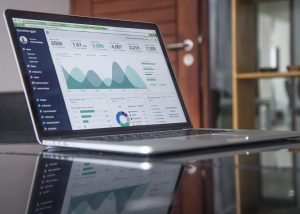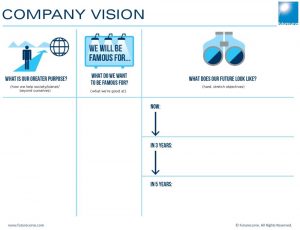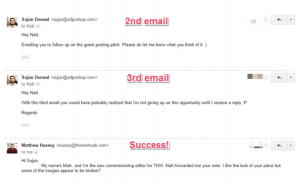
Learning more about your audience can help you better understand how to reach your audience.
By knowing more about their likes, their interests, their needs, and more, you can create winning strategies for selling them the products and services that they need.
Focus groups and market research can help you learn some of that information. Analytics can help you learn the rest.
Thanks to the highly personal nature of social media, these sites have provided more information than ever before about potential customers. Here’s how you can leverage your social media analytics to reach more of your customers and meet your goals:
Basic Info
Most social media sites asks users for some basic information when they sign up, such as their name, age and location.
Others may ask for details like race, gender, marital status, education level and language. Some may simply make it an option to provide this information, and many users do as a way to express more about themselves.
This basic information is very powerful in helping you to better understand your audience.
For example, you may think that your product appeals mostly to women over 35, but once you look at your social media analytics, you see that many men in their 20s are not only following you but also engaging more frequently with your posts. That information can help you reframe the way you market your product and expand your outreach efforts with this previously untapped segment of your audience.
This basic information also gives you more options when you are targeting your ads on social media. You can select the right characteristics so that you show your ads only to those people who are most likely to be interested in your product.
Site Engagement
What users tell you about themselves is usually not as valuable as how they behave.
Fortunately, social media has made it very easy to track how users interact on their sites.
You can get information such as what posts your users are liking or sharing, what pages they like on the site,
That information can help you get a more well-rounded image of your target audience. For example, if you find that a lot of your audience likes outdoor activities, you might try to find some tie-in with your product. If you sell financial advice, you might talk about how investing can help people fund their dream travel or you might share some of the best places to visit for things like scuba diving, hiking or skiing.
Looking at the page likes and shares of your users also helps you understand their values. For example, you might see that many of the women who follow your page also follow pages about breastfeeding. You might not be able to create a tie-in between your product and breastfeeding, but you almost surely can show how your brand supports family values.
Problems
Your analytics will show not just what people like or want but also what there problems are.
Your followers might be engaging with pages about losing weight or saving money. They might be commenting on pages about lawn care or discipline issues.
Knowing what your follower’s problems are allows you to create solutions. If your product is a solution to one of those problems, all the better. However, even if it’s not, you can still create content that helps followers solve their problems as a means of getting them engaged.
For example, if you are a personal trainer, you obviously want to share content about losing weight or managing a busy schedule. However, you can also share articles about how to deal with problems in a marriage or managing debt since these can contribute to stress that contributes to overeating or lack of exercise. The articles help to solve a problem you see your audience is having, and they can be framed in a way that still promotes your product.
Ongoing Analysis
Your social media audience is always changing, so you should be always looking at your analytics and seeing what they can tell you.
If you run a very large page, you could gain or lose thousands of followers per week. The insights you gain can vary significantly from week to week.
The best thing you can do is engage in ongoing analysis so that you can identify patterns as they emerge. You’ll get a much better sense of who your audience is and how you can serve them, and that will result in increased user engagement.
CodeFuel also helps you to increase user engagement with our proprietary tools that position your content on the right platforms and with the right audience. We take some of the guesswork out of finding your audience by using intent based signals to identify the right placement for your content. You’ll get more engagement and increase your revenue.
Digital & Social Articles on Business 2 Community(25)
Report Post






